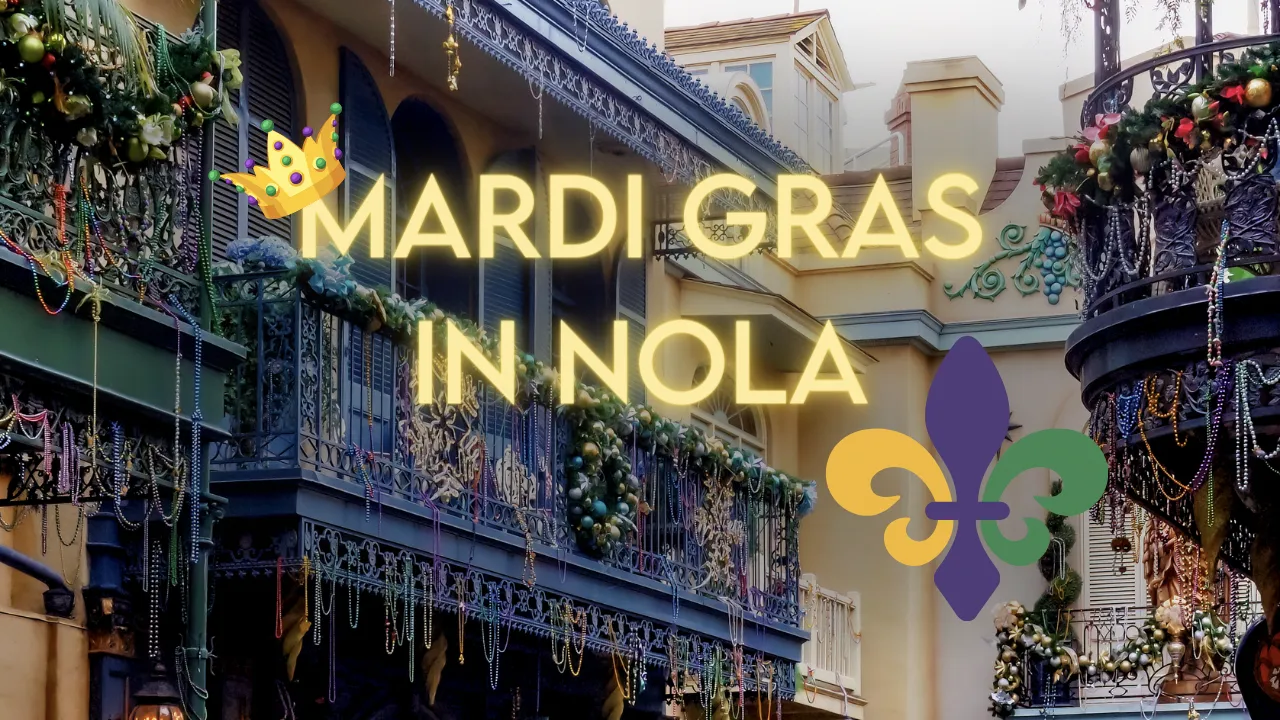
Mardi Gras finds its roots in medieval Europe, weaving through Rome and Venice in the 17th and 18th centuries, eventually reaching the French House of the Bourbons. The traditional revelry of “Boeuf Gras,” or fatted calf, accompanied France to its colonies.
In 1699, French-Canadian explorer Jean Baptiste Le Moyne Sieur de Bienville named a plot “Pointe du Mardi Gras” south of New Orleans. The first Mardi Gras in America occurred in 1703 in the settlement of Fort Louis de la Mobile.
Mobile established the “Boeuf Gras Society” in 1710, featuring a procession with a bull’s head on wheels. New Orleans, founded in 1718, witnessed the celebration of Mardi Gras openly by the 1730s. The Marquis de Vaudreuil’s elegant society balls in the early 1740s influenced today’s Mardi Gras balls.
The term “Carnival” appeared in 1781, marking the Perseverance Benevolent & Mutual Aid Association’s formation in New Orleans. Street processions and flambeaux lit celebrations in the late 1830s. In 1856, the Mistick Krewe of Comus brought magic with dazzling floats and masked balls.
1870 saw the formation of the Twelfth Night Revelers, marking the first recorded account of Mardi Gras “throws.” In 1872, Rex, the King of Carnival, presided over the first daytime parade. Official colors of purple, green, and gold were introduced, representing justice, power, and faith. The anthem “If Ever I Cease to Love” became Carnival’s improbable anthem.
In 1875, Governor Warmoth signed the “Mardi Gras Act,” making Fat Tuesday a legal holiday in Louisiana. Most Mardi Gras krewes developed from private social clubs. Today, these parade organizations, funded by members, are known as the “Greatest Free Show on Earth.”
Throws are precisely what the name suggests – items tossed by krewe members on floats to parade-goers as the floats pass by. These can range from traditional doubloons and beads to cups, homemade trinkets, toys, and more!
The tradition of throwing trinkets to the crowds began in the early 1870s with the Twelfth Night Revelers, creating an enduring expectation for both young and old.
In 1884, Rex introduced medallions instead of trinkets, evolving into today’s doubloons – aluminum and anodized in various colors. Doubloons typically showcase the parade theme on one side and the Krewe’s emblem on the other, becoming coveted collector’s items.
In the Bacchus parade, the King’s float throws doubloons featuring the image of the celebrity king. Catching one is a stroke of luck, and these doubloons are highly treasured.
Among the most sought-after throws are the krewe’s “signature throws.” Zulu is famous for its coconuts, while other krewes offer hand-decorated items like Muses shoes, Nyx purses, Alla genie lamps, Carrollton shrimp boots, and more. Many krewes also have medallion beads featuring the theme of the year.
Popular throws extend beyond doubloons and beads to include cups (affectionately known as New Orleans dinnerware), long pearl beads, stuffed animals, and even illuminated items.
Is There an “Official” Mardi Gras?
No! Mardi Gras is a holiday for everyone. Ignore claims of “official” merchandise; each krewe manages its own.
When is Mardi Gras?
Carnival season begins on Jan. 6 (King’s Day), with Mardi Gras day (aka Fat Tuesday) changing each year, always on the day before Ash Wednesday. Connected to Easter, Mardi Gras day is always 47 days before Easter. The weekend before Fat Tuesday is prime time, offering unique experiences on Monday (Lundi Gras) and Fat Tuesday.
Bad Weather Plan?
Parades roll in light rain; severe weather may lead to postponements, updated by local news stations.
Getting Around New Orleans?
Use taxi/ride-sharing, streetcar, or rental car; avoid driving due to limited parking.
Buying Beads and Merchandise, Finding the Theme?
Not unless you’re a float rider; you’ll catch plenty during the parades. Each krewe decides its theme; no single official theme. Check krewe names for details.
Parade Schedule?
Arthur Hardy’s Mardi Gras Guide, available in drug stores, includes 50+ parade profiles and maps.
What else is there to do in New Orleans?
Check out one of our crawls for the ultimate nightlife experience in NOLA!
BOOK A NOLA CRAWL NOW